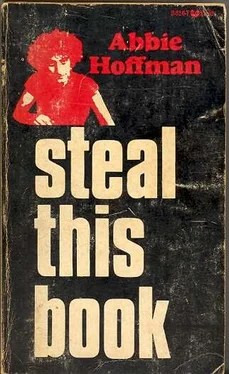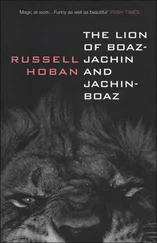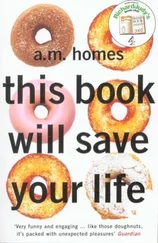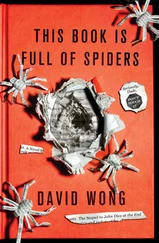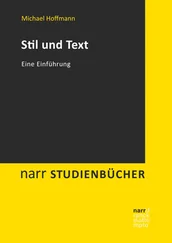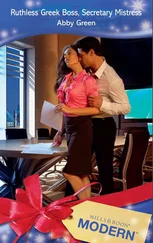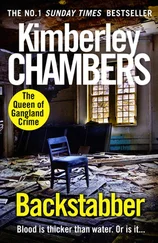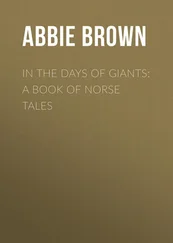Unfortunately, at home your own phone will probably be knocked out of commission. If that happens, simply call up the business office and complain.
They’ll give you a new phone just the way they give the other seven million people that requested them that day.
Remember, January is Alien Registration Month, so don’t forget to fill out an application at the Post Office, listing yourself as a citizen of Free Nation. Then when they ask you to “Love it or leave it,” tell them you already left!

It’s ridiculous to talk about a revolution without a few words on guns. If you haven’t been in the army or done some hunting, you probably have a built-in fear against guns that can only be overcome by familiarizing yourself with them.

There are two basic types of handguns or pistols: the revolver carries a load of 5 or 6 bullets in a “revolving” chamber. The automatic usually holds the same number, but some can hold up to 14 bullets. Also, in the automatic the bullets can be already packed in a magazine which quickly snaps into position in the handle. The revolver must be reloaded one bullet at a time. An automatic can jam on rare occasions, or misfire, but with a revolver you just pull the trigger and there’s a new bullet ready to fire. Despite pictures of Roy Rogers blasting a silver dollar out of the sky, handguns are difficult to master a high degree of accuracy with and are only good at short ranges. If you can hit a pig-size object at 25 yards, you’ve been practicing.
Among automatics, the Colt 45 is a popular model with a long record of reliability.
A good popular favorite is a Parabellum 9 mm, which has the advantage of a double action on the first shot, meaning that the hammer does not have to be cocked, making possible a quick first shot without carrying a cocked gun around.
By the way, do not bother with any handgun smaller than a .38 caliber, because cartridges smaller than that are too weak to be effective.
Revolvers come in all sizes and makes, as do automatics. The most highly recommended are the .38 Special and the .357 Magnum. Almost all police forces use the .38 Special. They are light, accurate and the small-frame models are easy to conceal. If you get one, use high velocity hollow pointed bullets, such as the Speer DWM (146 grain h.p.) or the Super Vel (110 grain h.p.). The hollow point shatters on contact, insuring a kill to the not-so-straight shooters. Smith and Wesson makes the most popular .38 Special. The Charter Arms is a favorite model. The .357 Magnum is an extremely powerful handgun. You can shoot right through the wall of a thick door with one at a distance of 20 yards. It has its own ammo, but can also use the bullets designed for the .38. Both guns are about the same in price, running from $75-$100 new. An automatic generally runs about $25 higher.
There are two commonly available types of rifles; the bolt action and the semi-automatic. War surplus bolt action rifles are cheap and usually pretty accurate, but have a slower rate of fire than a semi-automatic. A semi-automatic is preferable in nearly all cases. The M-1 carbine is probably the best semi-automatic for the money (about $80). It’s light, short, easy to handle and has only the drawback of a cartridge that’s a little underpowered. Among bolt actions, the Springfield, Mauser, Royal Enfield, Russian 7.62, and the Lee Harvey Oswald Special, the Mannlicher-Carcano, are all good buys for the money (about $20).
One of the best semi-automatics is the AR-18, which is the civilian version of the military M-16. In general, this is a fantastic gun with a high rate of fire, minimal recoil, high accuracy, light weight, and easy maintenance. If kept clean, it will rarely jam, and the bullet has astounding stopping power. It sells for around $225.
The shotgun is the ideal defensive weapon. It’s perfect for the vamping band of pigs or hard-heads that tries to lynch you. Being a good shot isn’t that necessary because a shotgun shoots a bunch of lead pellets that spread over a wide range as they leave the barrel. There are two common types: the pump action and the semi-automatic. Single shot types and double-barrel types do not have a high enough rate of fire for self-defense.
The pump action is easy to use and reliable. It usually holds about five shells in a tube underneath the barrel. For self-defense you should use 00 buckshot shells.
Shotguns come in various gauges, but you will want the largest commonly available, the 12 gauge. The Mossberg Model 500 A is a super weapon in this category which sells for about $90. When buying one, try to get a shotgun with a barrel as short as possible up to the legal limit of 18 inches. It is easy to cut down a longer barrel, too. This increases the area sprayed.
The semi-automatic gun is not used too much for self-defense, as they usually hold only three shells. With some practice, you can shoot a pump nearly as fast as a semi-automatic, and they are much cheaper. See the gun books catalogued in the Appendix for more information.
There are many other good guns available, and a great deal to know about choosing the right gun for the right situation. Reading a little right wing gun literature will help.
If you are around a military base, you will find it relatively easy to get your hands on an M-79 grenade launcher, which is like a giant shotgun and is probably the best self-defense weapon of all time. Just inquire discreetly among some long-haired soldiers.
Owning a gun ain’t shit unless you know how to use it. They make a hell of a racket when fired so you just can’t work out in your den or cellar except with a BB gun, which is good in between real practice sessions. Find a buddy who served in the military or is into hunting or target-shooting and ask him to teach you the fundamentals of gun handling and safety. If you’re over 18, you can practice on one of your local firing ranges. Look them up in the Yellow Pages, call and see if they offer instructions. They are usually pretty cheap to use. In an hour, you can learn the basics you need to know about guns and the rest is mostly practice, practice, just like in the westerns. Contact the National Rifle Association, Washington D.C. and ask for information on forming a gun club. If you can, you are entitled to great discounts, have no trouble using ranges and get excellent info on all matters relating to weapons.
A secluded place in the country outside city limits, makes an ideal range for practicing. Shoot at positioned targets. A good idea is to blow up balloons and attach them to pieces or boxes. Position yourself downstream alongside a running brook. A partner can go upstream and release the balloons into the water. As they rush downstream, they simulate an attacker charging you and make excellent moving targets. Watch out for ricochetting bullets. Have any bystander stand by behind you. A clothesline with a pulley attachment can be rigged up to also allow practice with a moving target.
Once you decide to get a gun, check out the local laws. There are federal ones, but they’re not stricter than any state ordinance. If you’re unsure about the laws, send 75¢ to the U.S. Government Printing Office for the manual called Published Ordinances: Firearms. It runs down the latest on all state laws. In most states you can buy a rifle or shotgun just for the bread from a store or individual if you are over 18 years old. You can get a handgun when you can prove you’re over 21, although you generally need a special permit to carry it concealed on your person or in your car. A concealed weapon permit is pretty hard to get unless you’re part of the establishment. You can keep a handgun in your home, though.
Читать дальше
